How to Distinguish
- Country-code top-level domain is .lv
- Pedestrian crossings have five stripes
- City buses typically have four panes per window
- Regulatory signs include a border
- Street-name plates often end with “‑iela”
- Numbered signs sit parallel to the roadway
- Bollards viewed from above look like brackets “)”
- Compared with Lithuania, speed-limit signs have a thicker red ring
- Language clues:
- How to spot the Baltic trio
Signs you can find
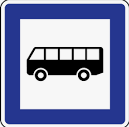

Priority road: By มองโกเลีย๔๔ - Own work, CC BY-SA 4.0, Link
Speed limit: By มองโกเลีย๔๔ - Own work, CC BY-SA 4.0, Link
Watch for vowels with macrons such as ī; they are a strong hint toward Latvian.
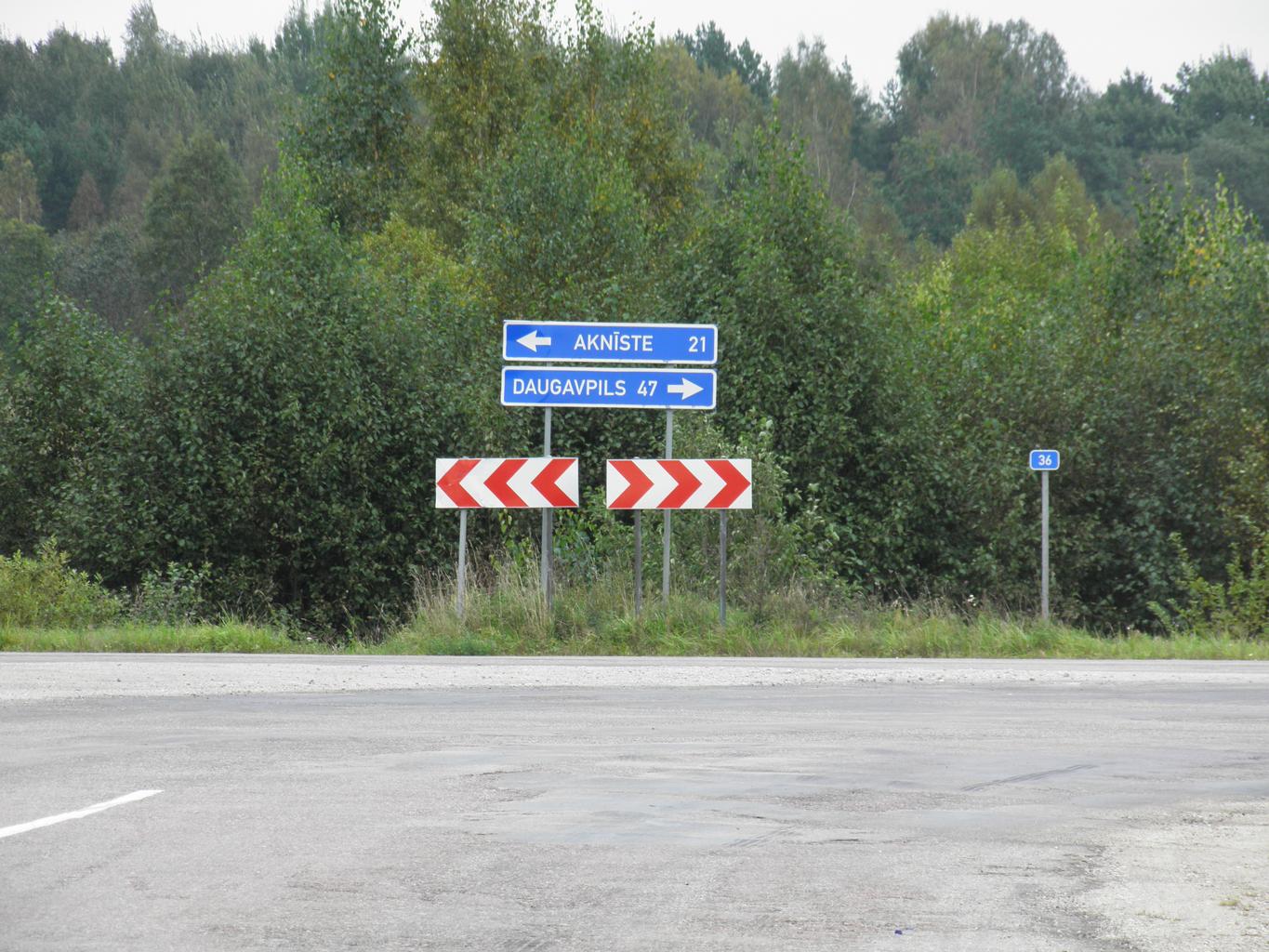
Many utility poles are round, and some have hook-like brackets near the top. Similar poles appear in Bulgaria and Croatia, so corroborate with other clues.

Within the Baltic trio, only Latvia uses five zebra stripes and bus windows split into four panes. Speed-limit and warning plates sit parallel to the road shoulder.

Compared with Lithuania, Latvia’s speed-limit plates have a thicker red ring. In the comparison below, the borders (left to right) show Estonia, Latvia, and Lithuania.
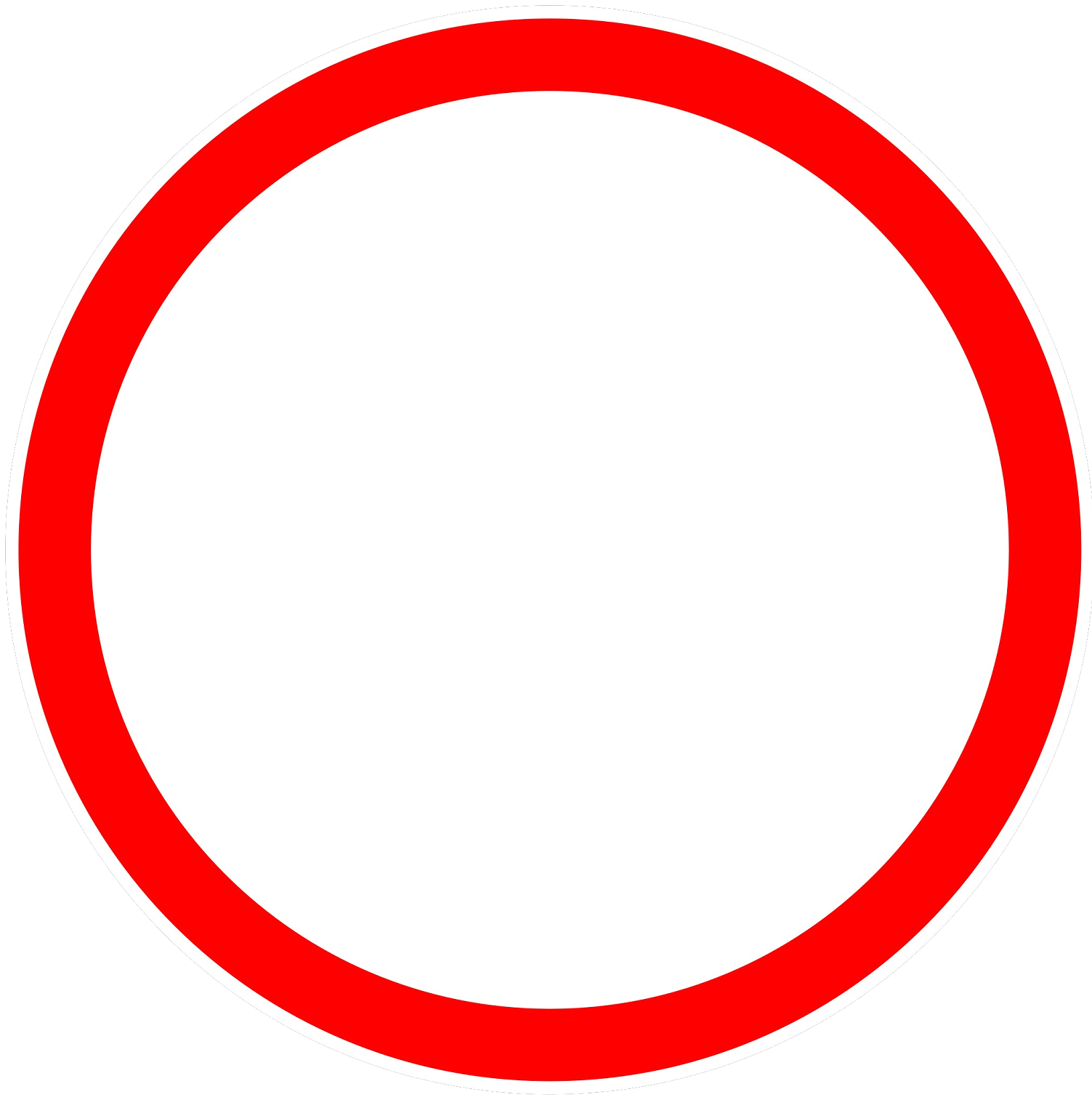
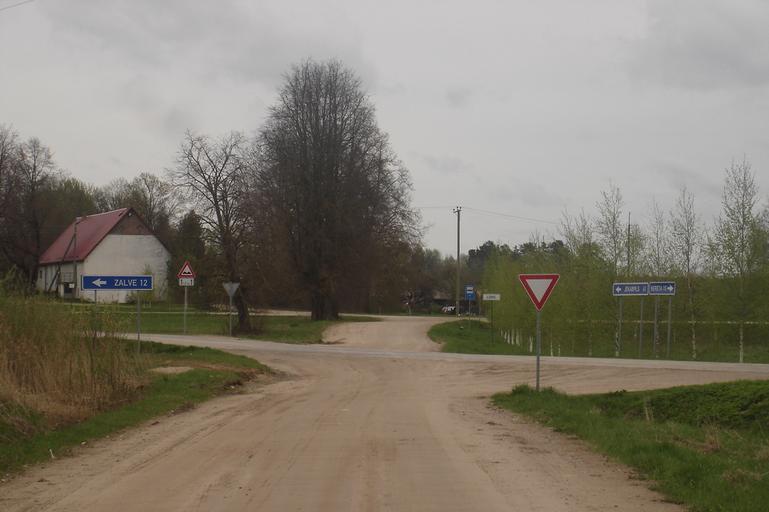
Latvian bollards sometimes include text. From above they resemble a curved bracket. The image below shows Lithuania, Latvia, and Estonia from left to right. (参考文献 Recognising the Baltic states from one image)
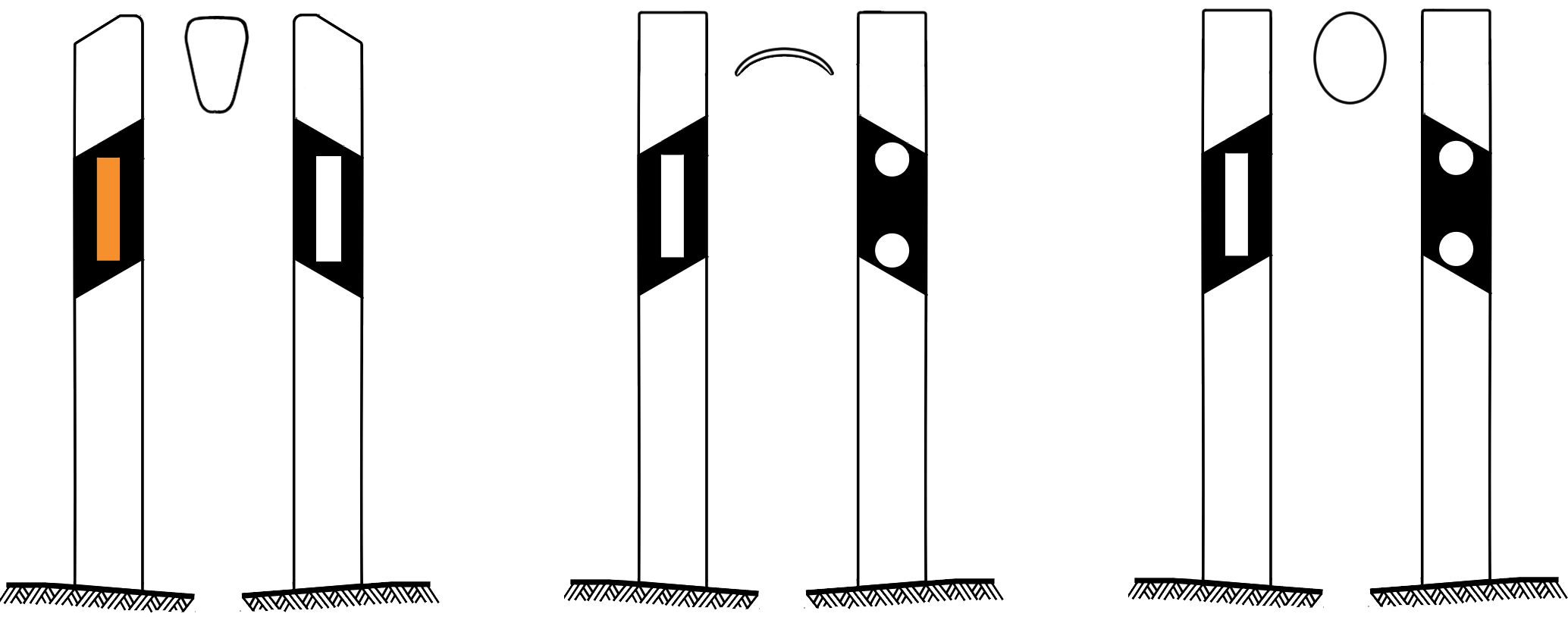
Chevron backgrounds differ across the Baltic states. The sequence below is Estonia, Latvia, and Lithuania. (参考文献 How to tell Baltic countries apart 2.0: Expanded edition)


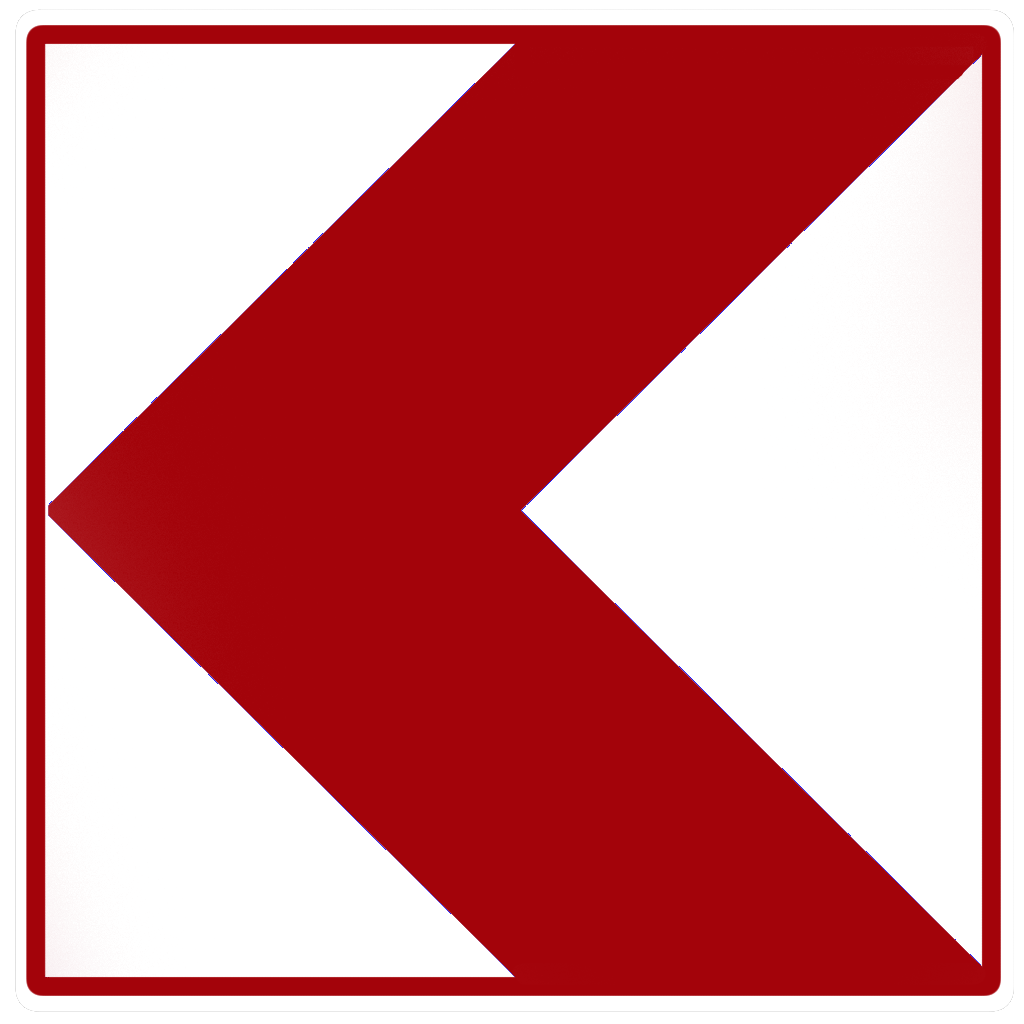
According to sources such as Phosphorus in agricultural soils around the Baltic Sea (PDF), soils around Riga are river-sediment based, while others stem from glacial deposits; colour differences are subtle, so treat them cautiously.

